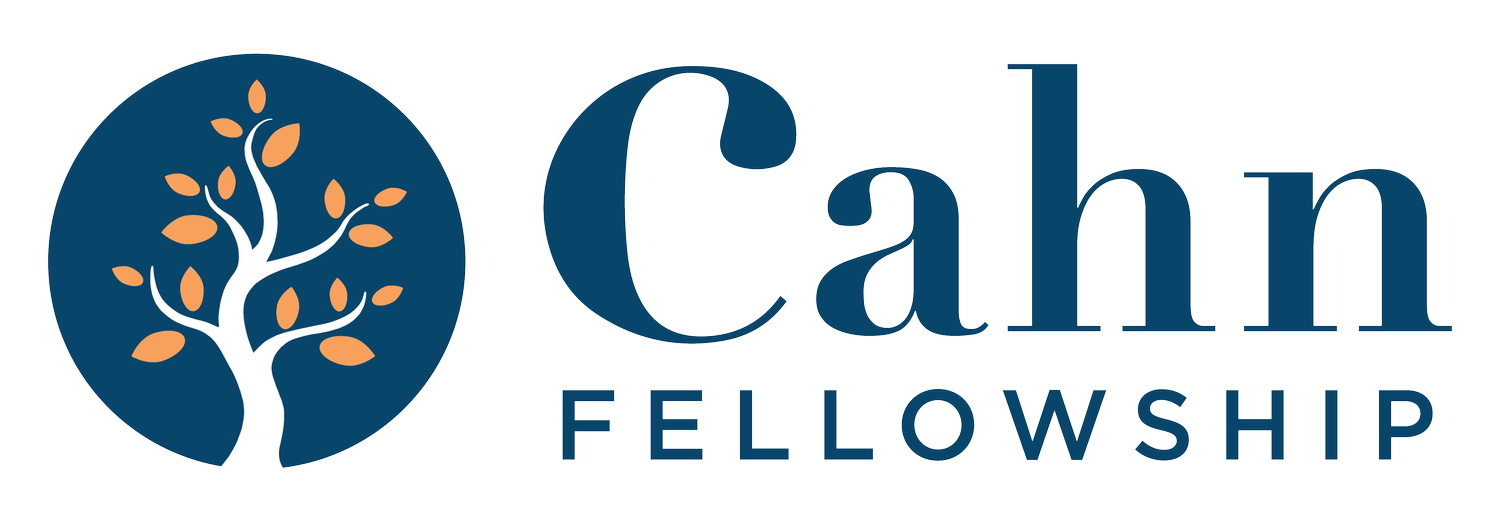Unearthing the Impact of Diversified Learning: Consecrating the Inclusive Context for Special Education
Emily Feltes • Cahn Fellow 2023
In Special Education, the context of “inclusion” is as dynamic as it is fragile. We define the “inclusion” setting as a class composed of both general education students and special education students where there are two teachers: a general educator who often acts as a content specialist, and a certified special educator. We specifically chose to embed the word “consecrated” in the title of this project as we believe the inclusive space to be sacred and representative of the true character of a school. It is the responsibility of both teachers to ensure that accommodations and modifications for students with disabilities, per their legal Individualized Education Programs (IEPs), are implemented with fidelity. Both teachers collaborate to ensure the success of all students in the classroom through a variety of specific pedagogical strategies.
To best serve students in the inclusion setting, co-teaching partnerships and course alignment must be cohesive. We define “course alignment” as the alignment of skills and content being taught in various settings; for example, there should be strong alignment between skills and content in a general education geometry class, co-taught inclusion geometry class, and separate instruction geometry class. In all of these settings, students should have access to grade level appropriate, high quality, culturally sustaining curriculum and equitable assessment.

